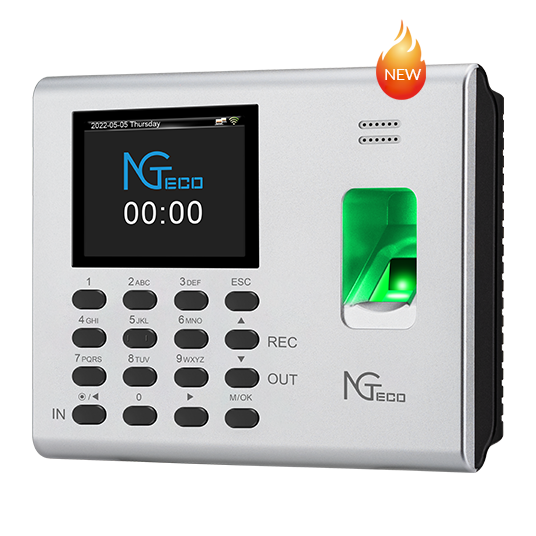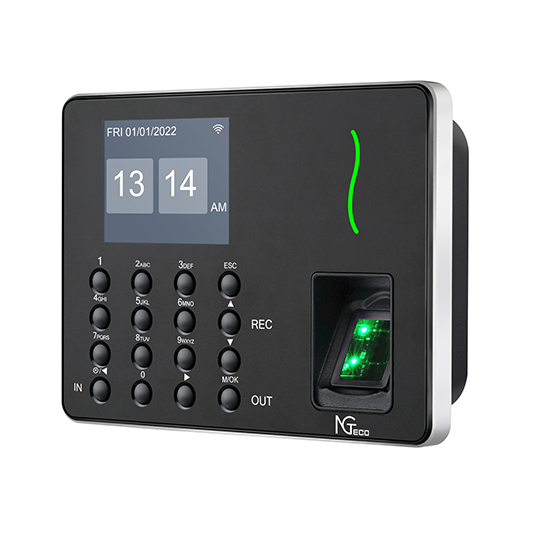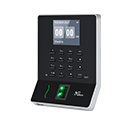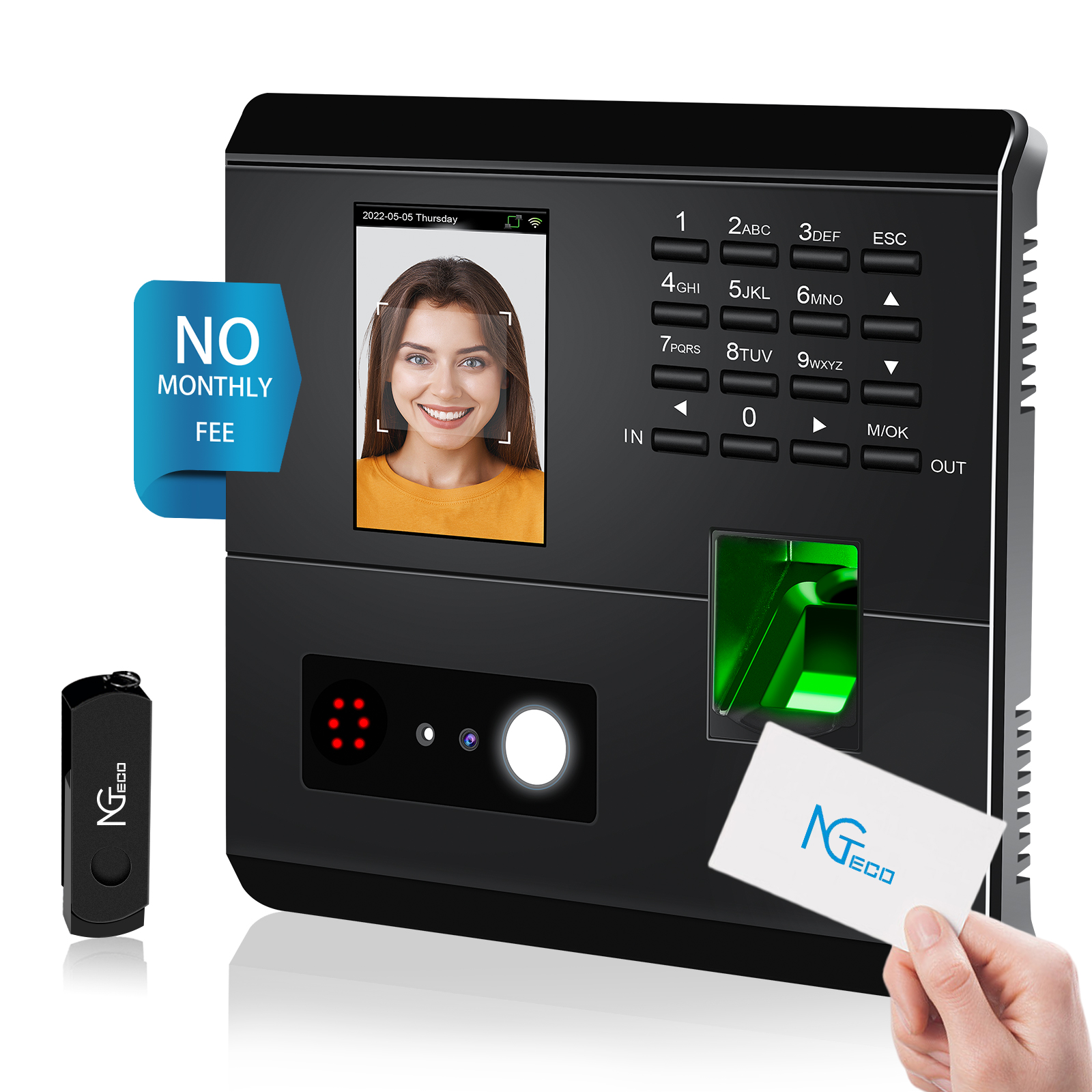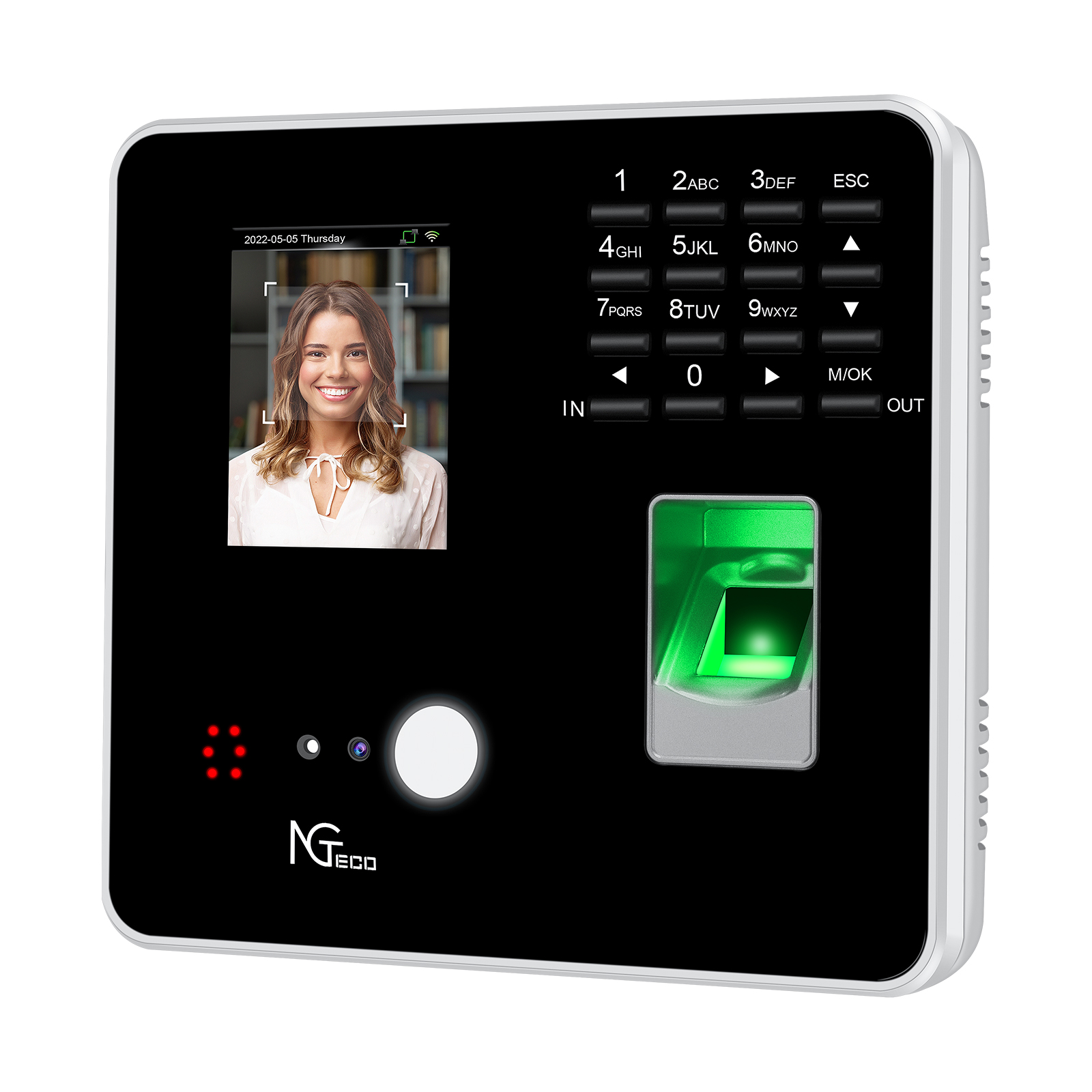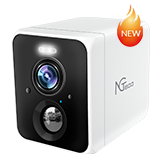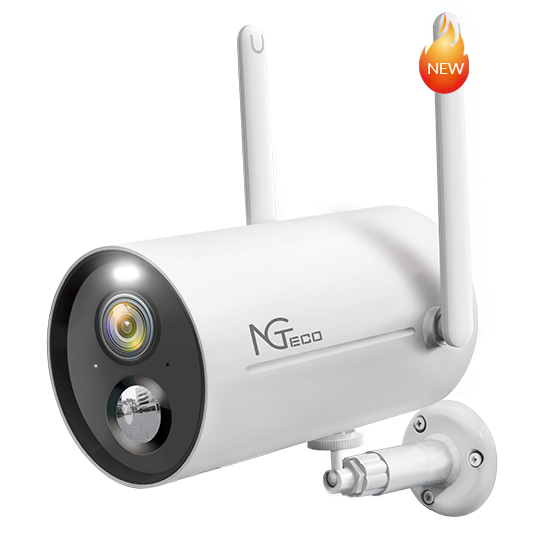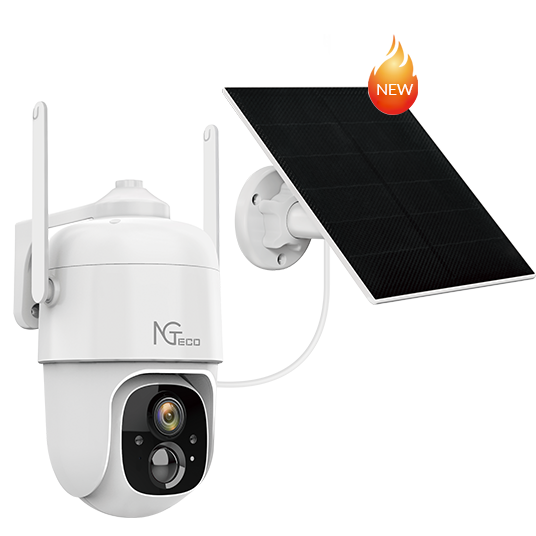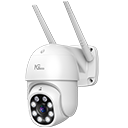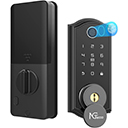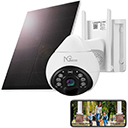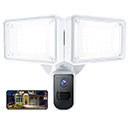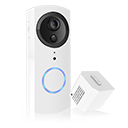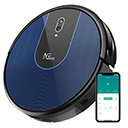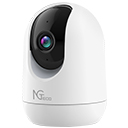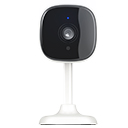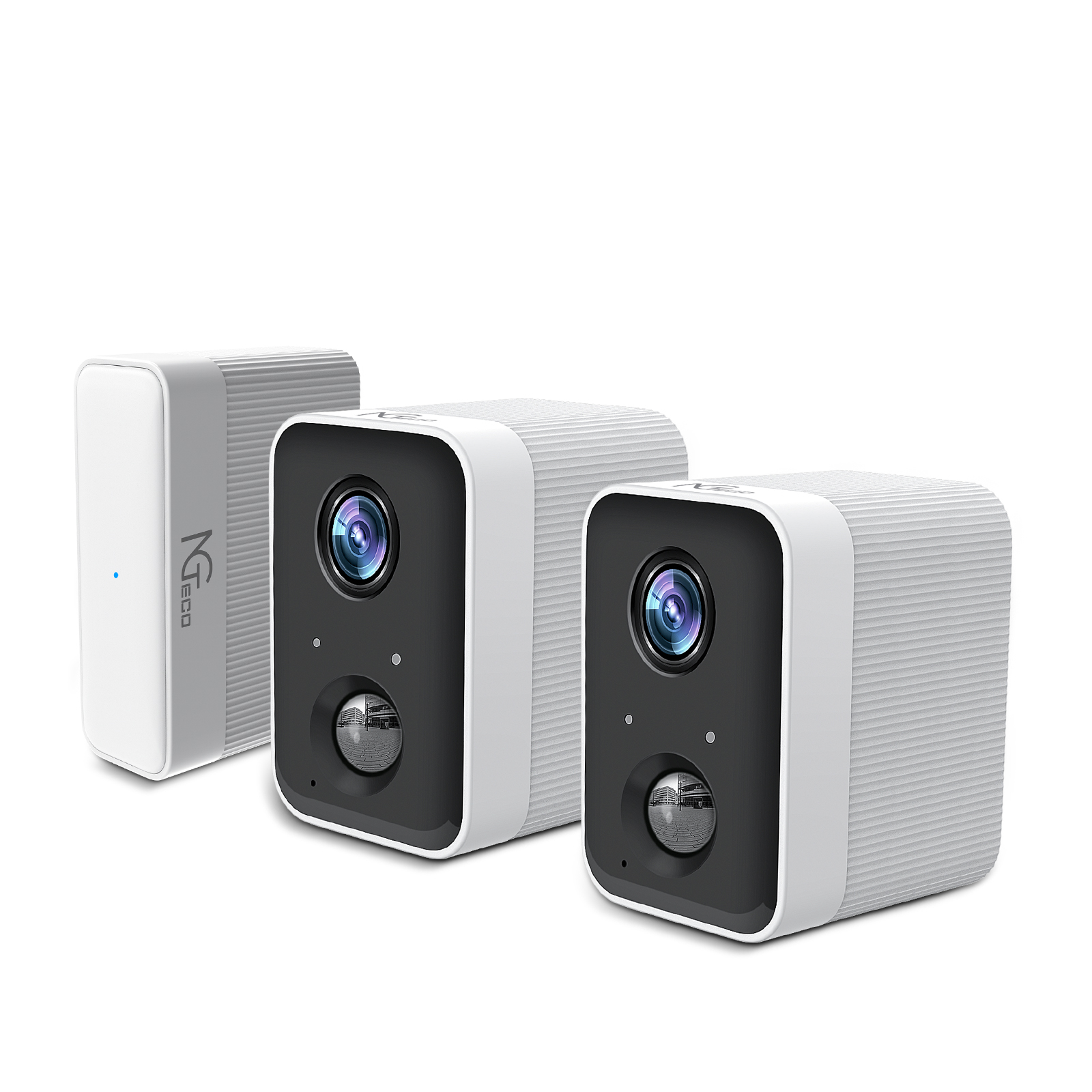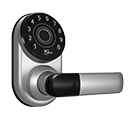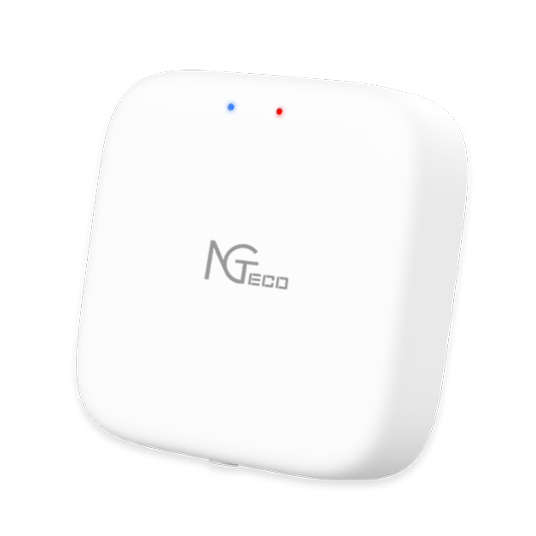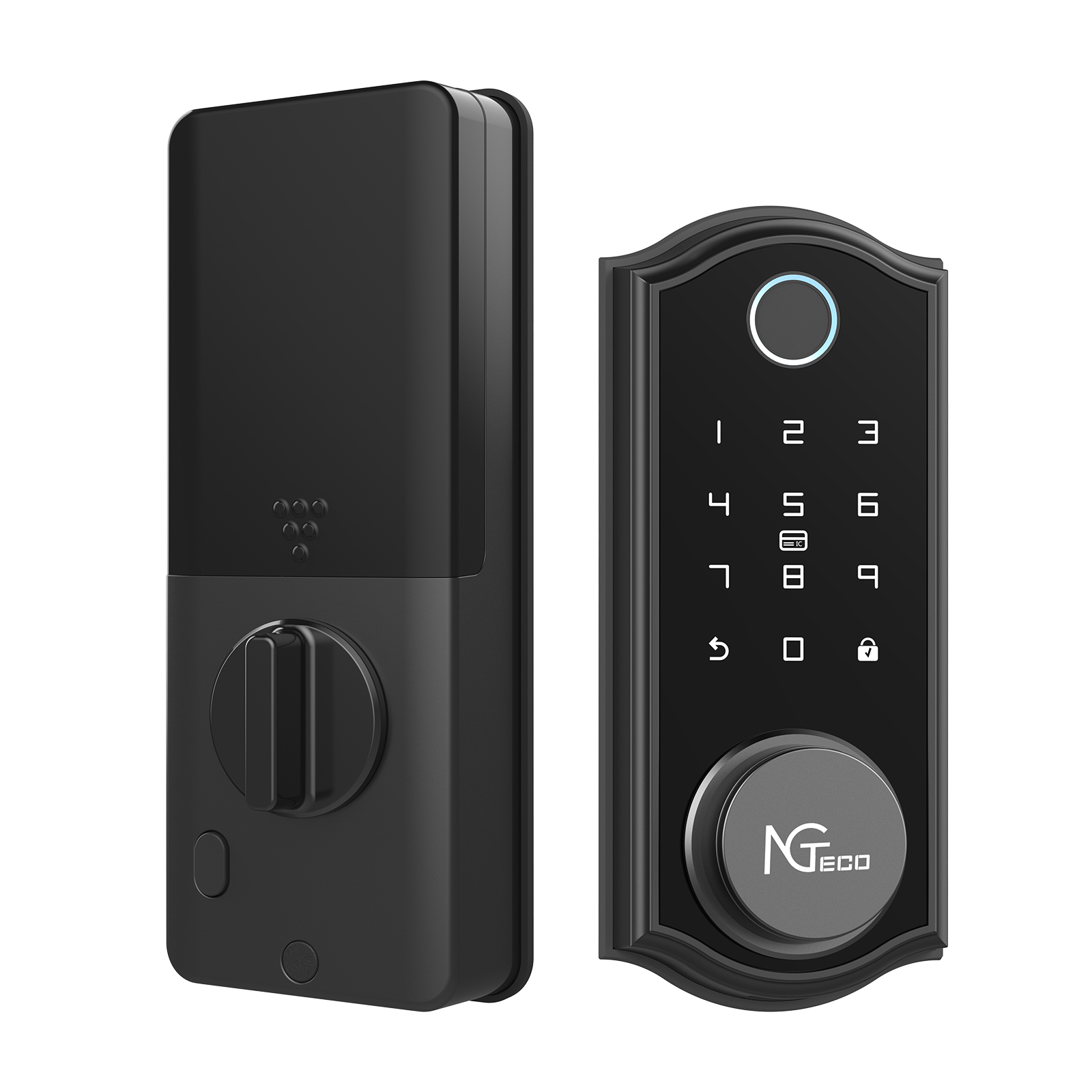This website uses cookies to store information on your device,Cookies can enhance your user experience and help our website work normally.
For more information,please read our cookie policy and privacy policy.
For more information,please read our cookie policy and privacy policy.
Accept
30-Day Money-Back Guarantee

Biometric Recognition Technology
 2021-01-12
2021-01-12
Biometric Recognition Technology
Biometrics is the measurement and statistical analysis of people's unique physical and behavioral characteristics. The technology is mainly used for identification and access control or for identifying individuals who are under surveillance. The basic premise of biometric authentication is that every person can be accurately identified by their intrinsic physical or behavioral traits. The term biometrics is derived from the Greek words bio, meaning life, and metric, meaning to measure.
Components of biometric devices include the following:
Physiological identifiers relate to the composition of the user being authenticated and include the following:
These are some examples of different types of biometric authentication.
Behavioral identifiers include the unique ways in which individuals act, including recognition of typing patterns, walking gait and other gestures. Some of these behavioral identifiers can be used to provide continuous authentication instead of a single one-off authentication check.
Biometric data can be used to access information on a device like a smartphone, but there are also other ways biometrics can be used. For example, biometric information can be held on a smart card, where a recognition system will read an individual's biometric information, while comparing that against the biometric information on the smart card.
Article Source: https://searchsecurity.techtarget.com/definition/biometrics
Biometrics
Biometrics is the measurement and statistical analysis of people's unique physical and behavioral characteristics. The technology is mainly used for identification and access control or for identifying individuals who are under surveillance. The basic premise of biometric authentication is that every person can be accurately identified by their intrinsic physical or behavioral traits. The term biometrics is derived from the Greek words bio, meaning life, and metric, meaning to measure.
How biometrics works
Authentication by biometric verification is becoming increasingly common in corporate and public security systems, consumer electronics and point-of-sale (POS) applications. In addition to security, the driving force behind biometric verification has been convenience, as there are no passwords to remember or security tokens to carry. Some biometric methods, such as measuring a person's gait, can operate with no direct contact with the person being authenticated.Components of biometric devices include the following:
- a reader or scanning device to record the biometric factor being authenticated;
- software to convert the scanned biometric data into a standardized digital format and to compare match points of the observed data with stored data; and
- a database to securely store biometric data for comparison.
Types of biometrics
The two main types of biometric identifiers are either physiological characteristics or behavioral characteristics.Physiological identifiers relate to the composition of the user being authenticated and include the following:
- facial recognition
- fingerprints
- finger geometry (the size and position of fingers)
- iris recognition
- vein recognition
- retina scanning
- voice recognition
- DNA (deoxyribonucleic acid) matching
- digital signatures
These are some examples of different types of biometric authentication.
Behavioral identifiers include the unique ways in which individuals act, including recognition of typing patterns, walking gait and other gestures. Some of these behavioral identifiers can be used to provide continuous authentication instead of a single one-off authentication check.
Biometric data can be used to access information on a device like a smartphone, but there are also other ways biometrics can be used. For example, biometric information can be held on a smart card, where a recognition system will read an individual's biometric information, while comparing that against the biometric information on the smart card.
Article Source: https://searchsecurity.techtarget.com/definition/biometrics
Article Search
Recent Post

